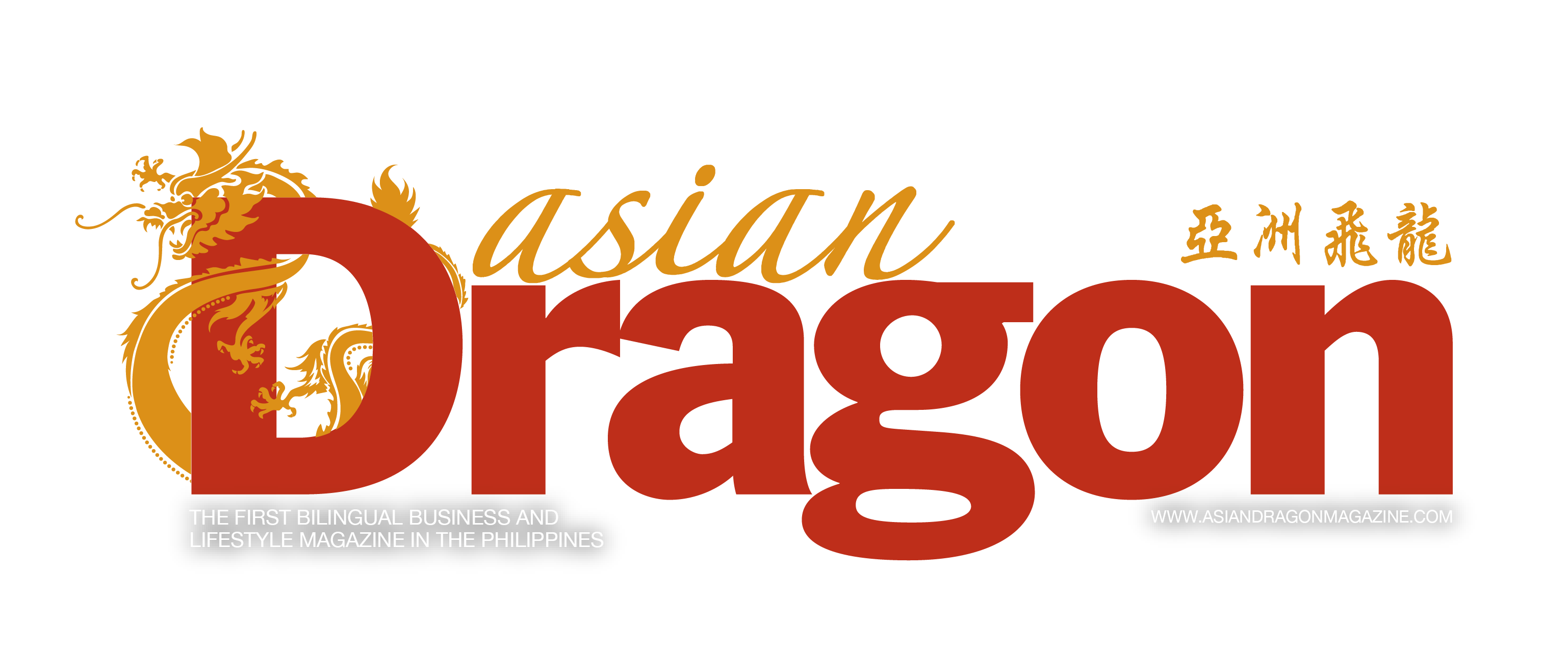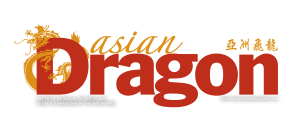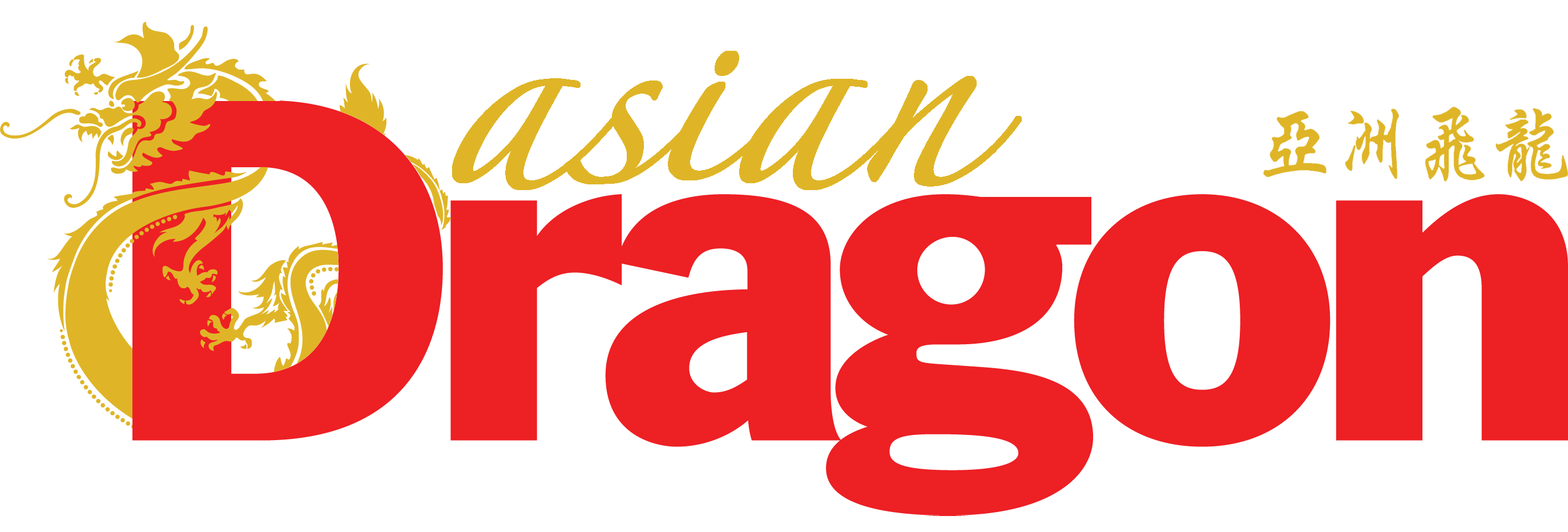
Social media: Forms of electronic communication through which users create online communities to share information, ideas, personal messages, and other content
(Merriam-Webster online)
Social media is a game-changing innovation. In the few decades since its creation, it has already inexorably changed the way we do everything—communicate, meet, learn, organize, work, shop, live; it has arguably even been used to manipulate and make history. What started out primarily as an efficient way to keep tabs on friends and expand one’s network has evolved into a powerful juggernaut of a communication platform with unequaled potential and unforeseen dangers. It is the proverbial double-edged sword.
While social media is a convenient way to quickly share information, acquire knowledge, and level up one’s understanding of issues and events, society’s empowerment through this formidable tool is a privilege that comes with a moral responsibility not to be taken lightly. Particularly for medical practitioners who have a fiduciary obligation to patients and the public, the moral responsibility weighs much more heavily.
Like everyone, medical practitioners use social media for efficiency and ease. In the past, when researchers wanted to collaborate on scientific papers for publication, they had to meet to discuss. Now, technology allows them to work on a paper together with colleagues from around the world, regardless of time zones and geographical boundaries.
When a doctor needed updating on a certain medical issue, he/she used to do research in the library. With the internet, there are online sites that allow access to hundreds of medical journals, or new articles on the topic of concern. But the rising trend of watching videos or reading blogs about a certain topic, and then extrapolating it to a specific patient, increases the chances of jumping to wrong conclusions.
No doctor is an expert in all the fields of complex medicine. In the past, when a doctor had a medical question outside of his/her specialization, he/she would ask a colleague from the specialization in question. Nowadays, it is easy to post a question on social media and crowd-source the answers. This may lead to good information but, just as often, also to dangerously inaccurate and non-specific advice.
Doctors interacting with medical colleagues on social media has its downside, as the artificial environment created with friends, fans, or followers may establish a mere echo chamber which makes for a biased understanding of an issue.
As with everyone, how medical practitioners use social media is determined by their understanding of the world, their intentions, and respective persuasions. However, unlike others, they must keep in mind that their messages may be construed or misconstrued as professional advice and acted upon as such. In this day and age, some readers may not take the time to validate the information for themselves before taking action or passing on the information. Therefore, medical practitioners must take utmost care in crafting messages with the needs of any potential readers in mind. In addition, unless they clearly delineate their personal from their professional personas, when they post a message, they may be seen to represent the medical profession and, in many cases, their respective institutions, whether or not they intended to do so.
Social media can be a powerful tool for effective health communication; health care professionals can use it to improve lifestyles and promote better health behavior among the general public, discuss and debate on health policy and issues of medical practice with their peers, and educate patients and their families. However, social media can also be misused to spread unvalidated or patently wrong information. In fact, social media seems to be an extremely efficient way of spreading false information. Recently, researchers from the Massachusetts Institute of Technology published a study which found that, on a social media platform, “(f)alsehood diffused significantly farther, faster, deeper, and more broadly than the truth in all categories of information…” They believe that people are quick to forward false information because of its novelty when compared to the truth.
If this is true across all social media platforms, then the potential for misuse is vast. When people spread misinformation wittingly or unwittingly, they may perpetuate unfounded news, which then influences the public to react negatively. It happens so often that there is even a name for this phenomenon: epidemiological fallacy, in which people shape an event in the wrong direction by reporting the same faulty information again and again. When medical practitioners engage in this misinformation, they may sow fear among the public and cause people to disregard or distrust what is actually in their best interests. Doctors generally shy away from officially challenging fellow doctors, but given the veil of protection social media gives, there have been instances of trolling even against those who present truth and facts.
Doctors can also abuse social media by advertising themselves or giving opinions on medical issues outside of their expertise. Some doctors even endorse products on social media. Even if the products are licensed and above board, and are advertised without overstating their benefits (which is often not the case), this marketing practice is unethical, as it takes undue advantage of the public’s trust and can harm unwitting readers.
It is a welcome development that the world is now moving to legislate against fake news and those who spread it. A doctor can be a menace to public health if he/she considers himself/herself an expert and ignores peer-consensus on best medical practice procedures in favor of his/her own personal opinions. As people see doctors as authority figures, they may believe the doctor’s pronouncements, even if these are inaccurate and incredible, and even when experts challenge those pronouncements. Airing medical disagreements in public social media only serves to confuse the public.
Here are some best practices to guide a health care professional:
- Be careful what you say, especially if you are not in possession of all the facts. Personal opinion may be misinterpreted as professional advice, and can lead patients to choose poor options and expose themselves to harm. Because society considers doctors authority figures, doctors must be careful to clearly differentiate personal opinion from professional content.
- When posting information, disclosures on scope and limitations are needed. This is because the audience might select bits and pieces of information in a post that suits them, or might not spend enough time analyzing the post, and come to a wrong conclusion.
- Respect patient privacy. Doctors who wish to share their experiences on social media in their personal capacity may post photos of patients which inadvertently violate their privacy. This can be a breach of the doctor-patient relationship. This can also damage the credibility of the medical profession and the reputation of the doctor’s institution.
- Respect colleagues. Social media is not the proper venue to challenge a colleague; for this, there are channels and bodies like professional societies. As it is everywhere else, bearing false witness on social media is considered libelous.
- Never use social media to debate on matters that might confuse the medical practice and damage public health programs and institutions.
There is room for the use of social media in the health sector, but those of us who are part of this community must be mindful and vigilant in its use. Though it can be used to improve messaging and health outcomes, it can also be grossly misused, which can lead to long-lasting negative effects across society. Can it be used to promote authentic communication? While online platforms can improve efficiency, it may gradually replace the face-to-face, read-between-the-lines, body language type of communication. Should this happen, then empathy, a hallmark in doctor-patient interaction, may be lost.
One final word to all: There is quite a lot of inaccurate information out there. Even if you think something is true, it never hurts to validate. And definitely, don’t pass a message along unless you know it to be factual. AD






































